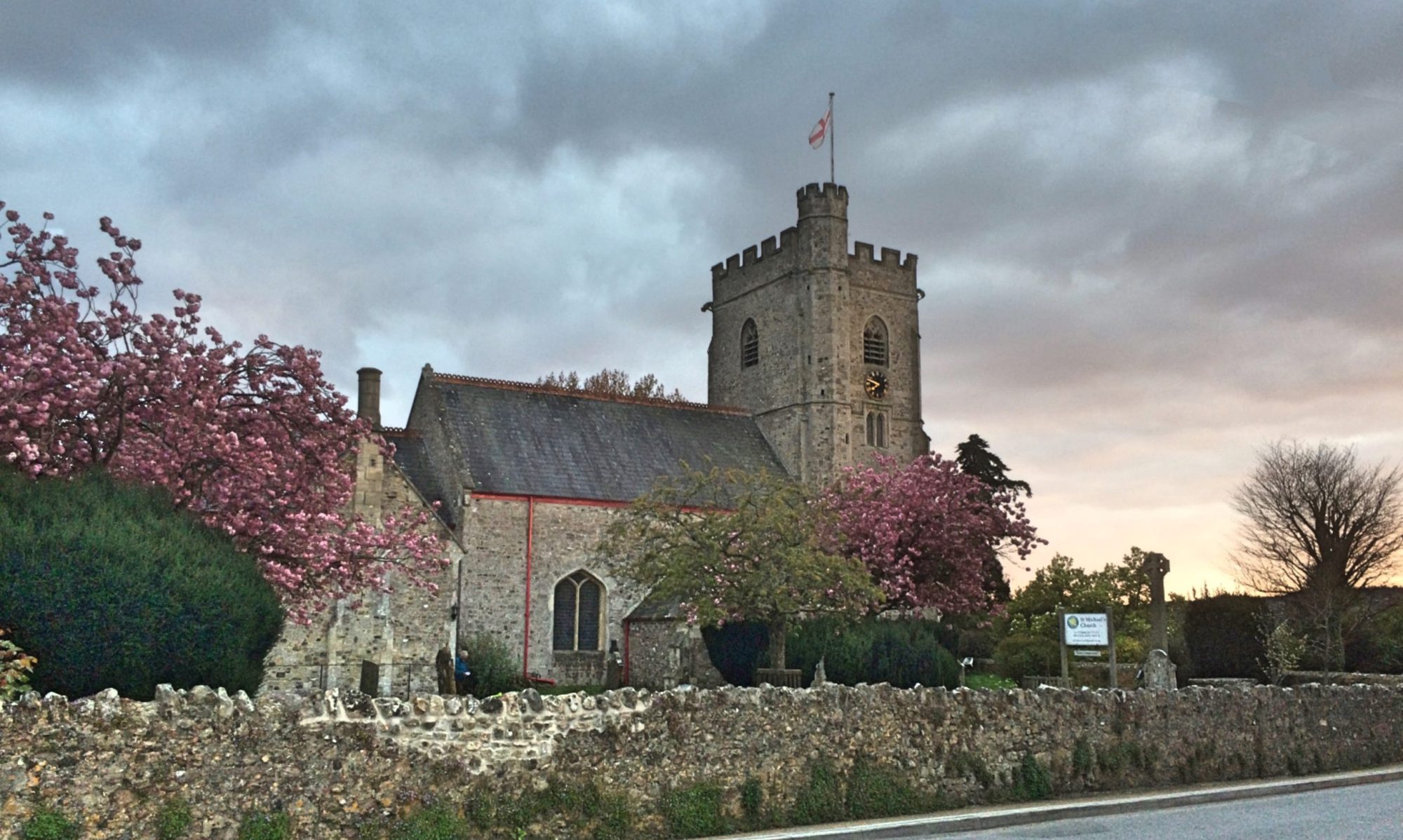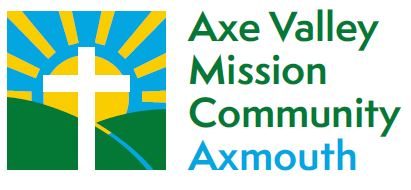The restoration of 1899 is doubtless the principal development to have taken place at Axmouth Church since medieval times, it is certainly the best documented, and the copious contemporary reports and descriptions available have been heavily drawn upon to provide details for incorporation in the present work.
Up to recently, it was fashionable to decry Victorian influences in design, and the word restoration could often be seen printed with the inverted commas to emphasise this. However, by now it can be appreciated that major renovation work had become an urgent necessity during the 1880s; that the project was well planned and executed; and had it not been undertaken, the building would soon have needed much more extensive attention, or might even have been allowed to fall into decay.
It has not been easy to uncover details of how the work was financed. The total cost was said to have been about £1750, a considerable sum for those days. The Churchwardens’ accounts book entries make little mention of major financial transactions at this time, and it seems reasonable to assume that the paperwork was handled by the Vicar alone, and was lost after his death a few years later. It is probable that he and his family contributed generously to the cost, and there is also mention of public subscription and fund-raising events, particularly a Bazaar held over two days in August 1887 at the New Assembly Rooms in Seaton, and which raised over £200 towards the project.
The actual restoration scheme was designed by the architects Hayward Sons and Tait of Exeter, and Harry Hems, of the same city, was selected to carry out the building works. The church was closed for exactly six months, during which time worship was held in the adjacent schoolroom. The date of the reopening was Tuesday 1st October 1889, when several worship services were held, the principal one being a Festival Evensong at 3pm, at which a sermon was preached by the Bishop of Exeter, Dr Bickersteth. About twelve other members of the clergy were present. Afterwards, there was tea for about four hundred persons, served in a large marquee erected in the Vicarage grounds. Profits from this event were directed into the restoration fund.

